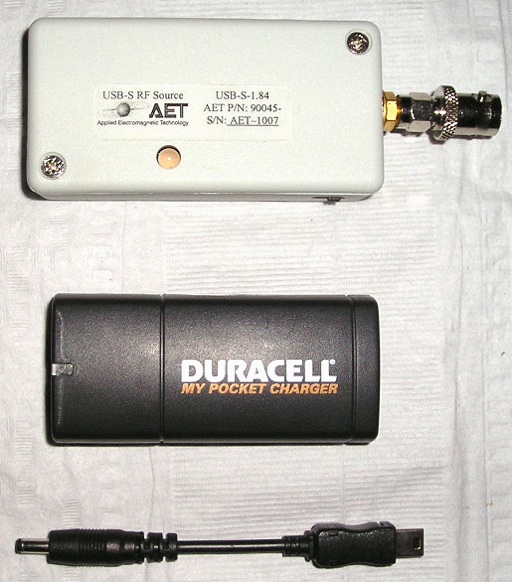
Figure 1. Two AA Cell USB Charger and USB Powered Comb Generator
Abstract: Sometimes a device
can have a use that is quite different that its intended purpose. In
this case, a two AA cell charger for mobile phones and USB devices
is used to provide power for a comb generator RF source used in EMC
measurements. The output of the comb generator is checked with a fast
digital scope.
Discussion: Figure 1
shows an AET USB-S-1.84 RF Source comb generator (so called
because its frequency spectrum looks like a comb on the display of a
spectrum analyzer) and a small charger powered by two AA cells intended
for charging mobile phones and USB devices. Although intended to charge
USB devices until the batteries are exhausted, it makes a great 5 Volt
USB power supply for many devices including the comb generator shown.
During operation, the charger draws about 380 mA from the AA cells
while powering the USB powered comb generator. That current drain could translate to
5 or more hours of operation per pair of AA cells.
The unit also seems to run well on a pair of AA nickel metal hydride batteries although I have not tried to see how long NiMH batteries will power the charger. To use NiMH batteries, a small plastic tab must be removed inside the battery compartment near the positive terminal of one of the batteries at the back of the charger (opposite end of the unit from power connector). The tab holds a metal piece in place that forms the series connection of the batteries. This tab hits the edge of an AA NiMH battery and causes the positive terminal to be held away from the metal piece, breaking the series connection. I used a small grinding tool to remove just enough of the tab to clear the battery. An alkaline AA cell has a taller positive terminal so the plastic tab is not a problem.
The test setup is shown in Figure 2. The charger is connected to the comb generator using a small cable furnished with the charger and the comb generator itself is directly coupled to the input of the scope to achieve the fastest possible edge rates by avoiding the dispersion and loss in coaxial cables which slows edge rates. A close-up of the test setup is shown in Figure 3.
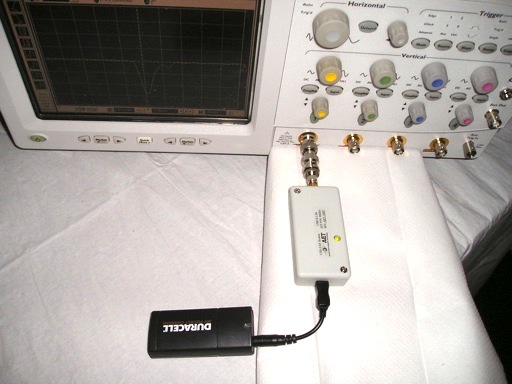
Figure 2. Test Setup With Charger and Comb Generator
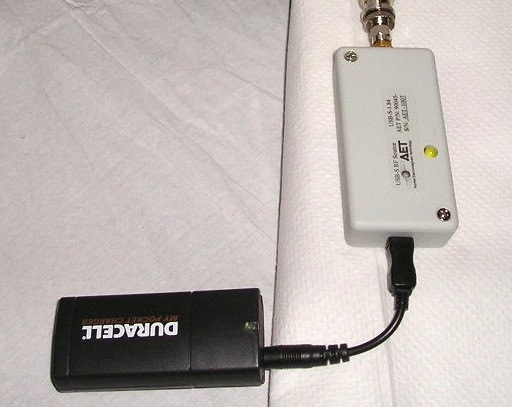
Figure 3.Close-up of Power Source and Comb Generator
Figure 4 shows the fast portion of the output of the comb generator. There are slower features on the output that can be seen on a longer time scale, but the part of the waveform shown is the source of most of the harmonics in the output of the generator. The pulse has about a 1 1/2 Volt amplitude with a rise time of a little less than a nanosecond. Adequately powered from the charger, the comb generator seems to be working well.
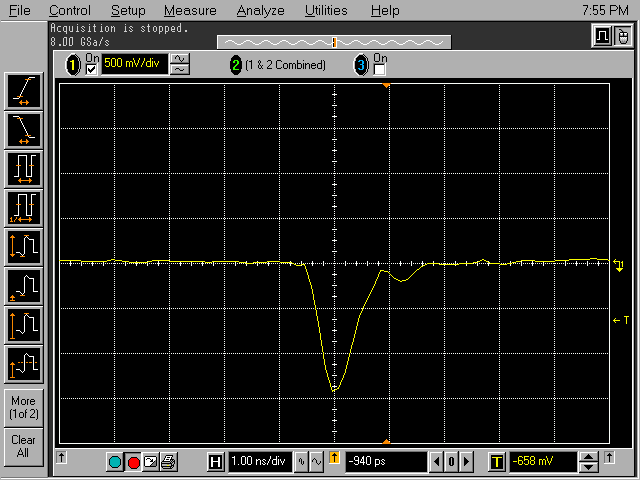
I have seen this charger at Costco and Staples. It is widely available from other outlets as well. The charger would work well for field work where USB devices need to be powered, such as the comb generator RF source shown above.
The unit also seems to run well on a pair of AA nickel metal hydride batteries although I have not tried to see how long NiMH batteries will power the charger. To use NiMH batteries, a small plastic tab must be removed inside the battery compartment near the positive terminal of one of the batteries at the back of the charger (opposite end of the unit from power connector). The tab holds a metal piece in place that forms the series connection of the batteries. This tab hits the edge of an AA NiMH battery and causes the positive terminal to be held away from the metal piece, breaking the series connection. I used a small grinding tool to remove just enough of the tab to clear the battery. An alkaline AA cell has a taller positive terminal so the plastic tab is not a problem.
The test setup is shown in Figure 2. The charger is connected to the comb generator using a small cable furnished with the charger and the comb generator itself is directly coupled to the input of the scope to achieve the fastest possible edge rates by avoiding the dispersion and loss in coaxial cables which slows edge rates. A close-up of the test setup is shown in Figure 3.

Figure 2. Test Setup With Charger and Comb Generator

Figure 3.Close-up of Power Source and Comb Generator
Figure 4 shows the fast portion of the output of the comb generator. There are slower features on the output that can be seen on a longer time scale, but the part of the waveform shown is the source of most of the harmonics in the output of the generator. The pulse has about a 1 1/2 Volt amplitude with a rise time of a little less than a nanosecond. Adequately powered from the charger, the comb generator seems to be working well.

Figure 4. Plot of USB Powered USB Comb Generator Output
I have seen this charger at Costco and Staples. It is widely available from other outlets as well. The charger would work well for field work where USB devices need to be powered, such as the comb generator RF source shown above.
Summary: The
two AA cell USB charger described can be very useful for powering USB
devices in the field. The USB charger and the AET comb generator makes
a great pair for EMC field work
or seminar demonstrations.
Additional articles on this website related to this topic are:
- August 2009, The Square Shielded Loop - Part 6, Measurements in the Time Domain Using a Comb Generator
(An unusual use for a comb generator)
If you like the information in this article and others on this website, much more information is available in my courses. Click here to see a listing of upcoming courses on design, measurement, and troubleshooting of chips, circuits, and systems. Click here to see upcoming seminars in Newport Beach, CA.
Click here for a description of my latest seminar titled (now also available online as a WebEx seminar):
EMC
Lab Techniques for Designers
(How to find EMC problems and have some confidence your system will pass EMC testing while it is still in your lab).
(How to find EMC problems and have some confidence your system will pass EMC testing while it is still in your lab).
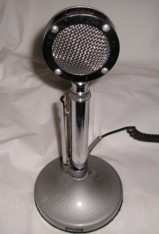 |
My new website for engineers and technicians, CircuitAdvisor.com, is coming! The site will contain technews and analysis programs, cartoons, multimedia tutorials and more.The site will be open soon. |
Home
